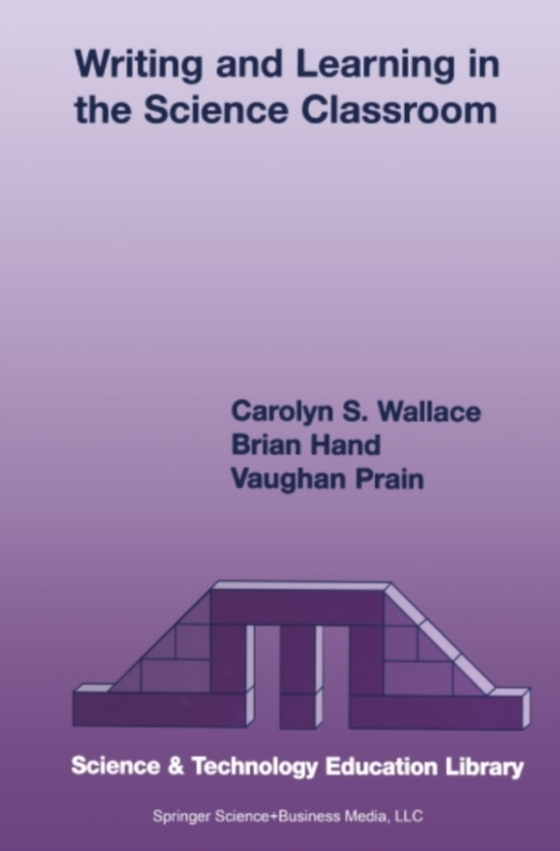
Writing and Learning in the Science Classroom e-bog
948,41 DKK
(inkl. moms 1185,51 DKK)
This volume is of interest to science educators, graduate students, and classroom teachers. The book will also be an important addition to any scholarly library focusing on science education, science literacy, and writing. This book is unique in that it synthesizes the research of the three leading researchers in the field of writing to learn science: Carolyn S. Wallace, Brian Hand, and Vaughan...
E-bog
948,41 DKK
Udgivet
1 marts 2004
Længde
150 sider
Genrer
Teaching of a specific subject
Sprog
Format
pdf
Beskyttelse
LCP
ISBN
9781402020186
This volume is of interest to science educators, graduate students, and classroom teachers. The book will also be an important addition to any scholarly library focusing on science education, science literacy, and writing.
This book is unique in that it synthesizes the research of the three leading researchers in the field of writing to learn science: Carolyn S. Wallace, Brian Hand, and Vaughan Prain. It includes a comprehensive review of salient literature in the field, detailed reports of the authors' own research studies, and current and future issues on writing in science.
The book is the first to definitely answer the question, "Does writing improve science learning?". Further, it provides evidence for some of the mechanisms through which learning occurs. It combines both theory and practice in a unique way. Although primarily a tool for research, classroom teachers will also find many practical suggestions for using writing in the science classroom.
This book is unique in that it synthesizes the research of the three leading researchers in the field of writing to learn science: Carolyn S. Wallace, Brian Hand, and Vaughan Prain. It includes a comprehensive review of salient literature in the field, detailed reports of the authors' own research studies, and current and future issues on writing in science.
The book is the first to definitely answer the question, "Does writing improve science learning?". Further, it provides evidence for some of the mechanisms through which learning occurs. It combines both theory and practice in a unique way. Although primarily a tool for research, classroom teachers will also find many practical suggestions for using writing in the science classroom.
 Dansk
Dansk

